You have 0 product(s) in your cart.
Abyss Scuba Diving
Survival Tactics For Open Water: Staying Safe In Uncharted Seas
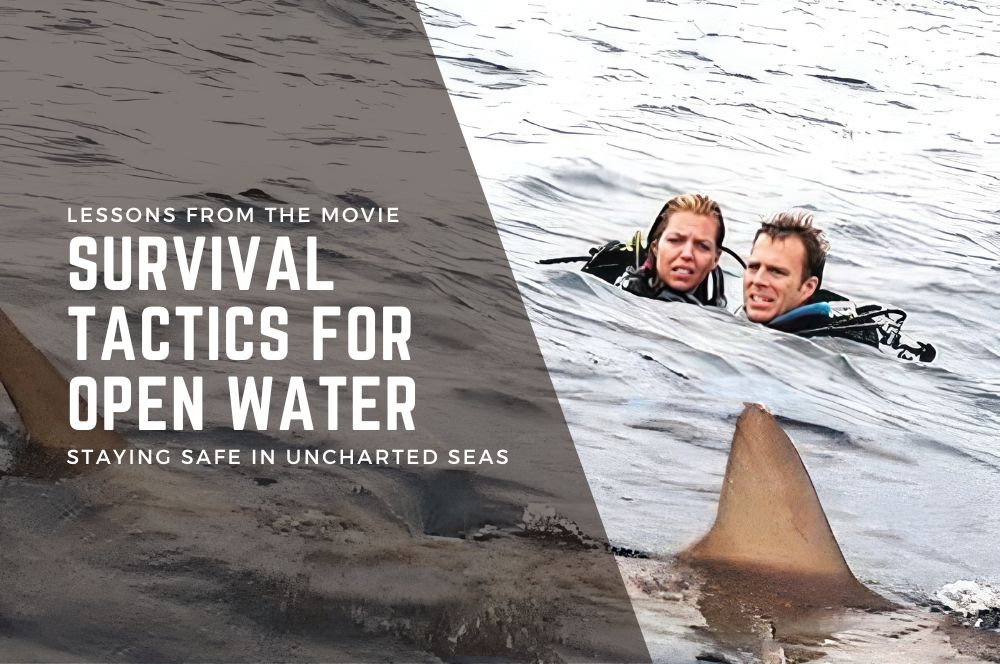
Survival Tactics for Open Water: Staying Safe in Uncharted Seas
When it comes to open water, the line between adventure and peril is razor-thin, much like the harrowing situation depicted in the movie "Open Water". In this comprehensive guide, we lay out essential tactics for open water safety, drawing parallels from the film to emphasize the importance of choosing trustworthy dive providers and mastering emergency survival techniques. Prepare to dive into a well of knowledge that will equip you for the unpredictable nature of the sea and enhance your diving experiences, ensuring your adventure doesn't take an unexpected turn like the one in "Open Water".
Key Takeaways
-
The film ‘Open Water’ is based on a true story, highlighting the dangers of diving and the importance of counting procedures and safety measures to avoid similar tragedies.
-
Safety precautions are crucial for divers, involving careful choice of diving operators, transparent communication, dive equipment checks, and a personal understanding of emergency procedures and equipment.
-
Adequate preparation for potential emergencies is essential for open water diving, which includes knowing how to use safety and survival gear, understanding and mitigating environmental hazards, and learning how to interact safely with marine life.
The Real Story Behind "Open Water"
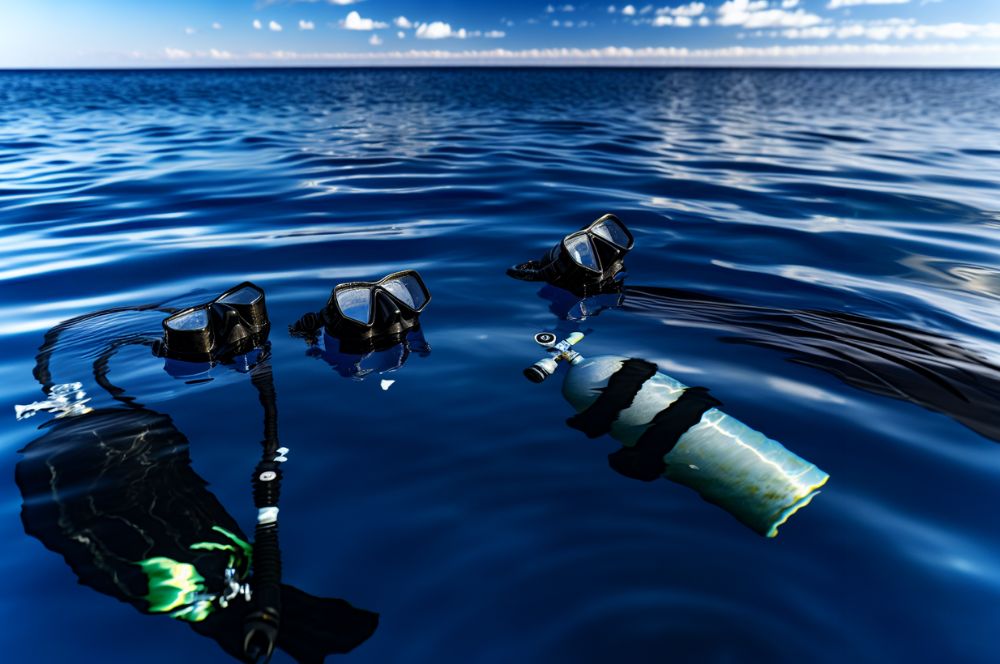
“Open Water,” one of the most thrilling shark movies, released by Lions Gate Films and directed by director Chris Kentis, is based on the tragic true story of Tom and Eileen Lonergan. On January 25, 1998, the American couple, as part of their continuous humanitarian work, joined a diving expedition on the MV Outer Edge to explore the Great Barrier Reef. An inaccurate headcount led to them being left behind in the shark infested waters, giving rise to various theories about their fate, including a shark attack, faking deaths, or a murder-suicide.
The movie, filmed over two years on a modest budget, portrays the couple’s ordeal in the ocean while avoiding sensationalization. Against all odds, this low budget thriller, as a first film, became a sleeper hit, grossing over $54 million and reminding viewers of the critical importance of safety in diving.
The Fateful Dive
The Lonergans’ fateful dive that led to their disappearance is at the center of the film’s narrative, starring Blanchard Ryan and Daniel Travis. The couple, known as Ryan and Daniel Travis, strayed from their dive group and surfaced to find their tour boat gone, experiencing a diver’s worst nightmare.
A key factor that led to this tragic incident was an inaccurate headcount by the crew of their dive boat, the MV Outer Edge. The crew failed to detect the absence of the two scuba divers accidentally stranded, leading to the couple being left in the ocean.
The Aftermath
Despite a massive search effort in the Great Barrier Reef involving the Navy and civilian vessels, the Lonergans were never found. Their personal effects, discovered two days after they were left behind, provided the only concrete evidence of their plight. Among the items was a diver’s slate with a chilling message, which prompted a significant air and sea search operation.
Findings suggested potential dehydration and delirium, which could have led to the couple removing their diving outfits, suggesting drowning as a potential cause of their demise.
Lessons from "Open Water": Safety Precautions for Divers
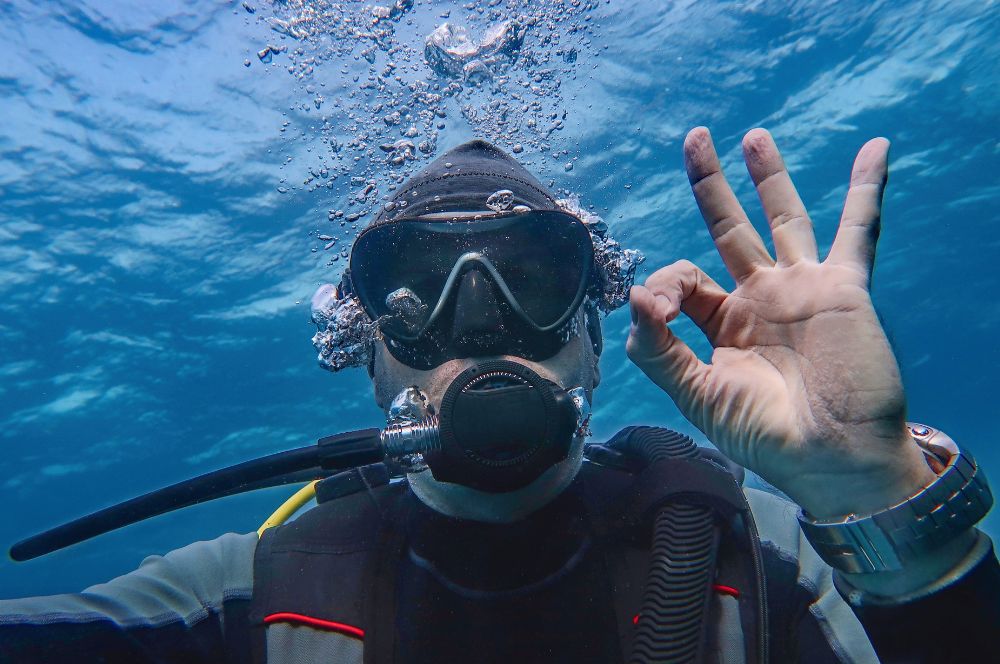
The film ‘Open Water’ serves as a stark reminder of the importance of readiness, effective communication, and independence when diving. While the movie offers a dramatized version of the event, it undeniably draws attention to the significance of safety measures and preparedness during intense moments. The Lonergans’ unfortunate incident sparked substantial revisions in safety regulations, emphasising the gravity of following safety rules.
The movie sheds light on numerous errors committed by the main characters which can be taken as cautionary advice for divers. Some of these include:
-
Inadequate communication with the crew
-
The absence of a personal dive marker
-
Not possessing a whistle or mirror for signalling
-
Straying away from the group
Choosing a Reputable Dive Operator
Selecting a credible dive operator with stringent safety protocols and seasoned staff is a key component of a safe diving experience. It’s vital for divers to confirm the qualifications of the dive operator and ascertain that they adhere to rigorous safety protocols. Tools like PADI’s Dive Shop locator can help find reputable dive shops that adhere to PADI standards.
Inquiring about a dive shop’s staff experience and how they resolve issues is critical for ensuring safety. Researching dive shops through online reviews and social media can provide insight into their operation and divers’ experiences. When visiting a dive shop, divers should question the condition of rental gear, staff experience, and equipment repairs, which are key factors in ensuring a safe dive.
Communication and Dive Planning
Transparent communication and comprehension of the dive plan are key to a secure diving experience. It’s important for divers to participate actively in the dive planning process, seek clarifications about the dive plan, and grasp the safety procedures that have been arranged. Communicating the dive plan clearly to the crew and checking in before descending and after surfacing is essential.
Divers should also check in with their dive buddy or dive master before descending and after surfacing, ensuring that everyone is accounted for. These communication protocols, if followed properly, can prevent divers from being left behind, as was the case in the “Open Water” incident.
Essential Diving Equipment for Open Water Safety
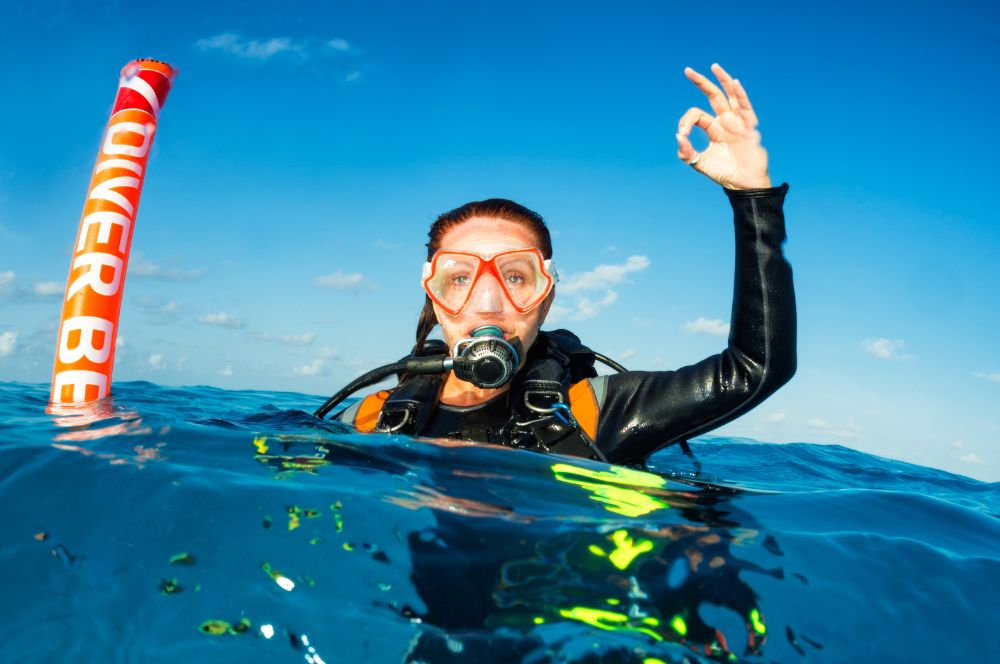
Appropriate scuba gear forms an integral part of diving safety. For instance, dive computers are necessary equipment, as they play an important role in tracking a diver’s time and depth to avert decompression sickness. Emergency signaling devices, such as whistles, horns, and mirrors, are vital for attracting attention both underwater and on the surface in case of emergency.
High-quality underwater communication systems are essential, providing clear and precise communication, reducing the risk of misunderstandings, and increasing safety in challenging conditions. Other essential safety equipment include:
-
Dive lights
-
Underwater dive slates
-
Alternate air sources
-
Dive knives or line cutters
Surface Marker Buoy (SMB)
In open water diving, a Surface Marker Buoy (SMB) is vital for marking a diver’s location, particularly upon resurfacing in areas with boat traffic, increasing visibility for safety. SMBs come in various sizes and types, including models for immediate surface use and those designed for deployment from underwater, known as DSMBs.
Technical divers often use SMBs for decompression stops to maintain a consistent reference point at the necessary depth. Some SMBs can be conveniently inflated using a mini-cylinder, which helps to keep them upright and prominently visible on the surface.
Personal Location Devices
Personal location devices are crucial for providing accurate location information during real life rescue operations. Devices like the Nautilus LifeLine Marine Rescue GPS and PLBs such as the one used with the SARSAT network are critical for providing accurate location in rescue operations. These devices offer global coverage and notify emergency services, ensuring divers can be located anywhere in the world.
It’s important for divers’ PLBs to be waterproof, have a global range, and a long-lasting battery, typically around 5 years, to be reliable in emergencies. However, divers should be aware that activating a PLB in non-emergency situations can incur legal penalties.
The Importance of a Dive Buddy System
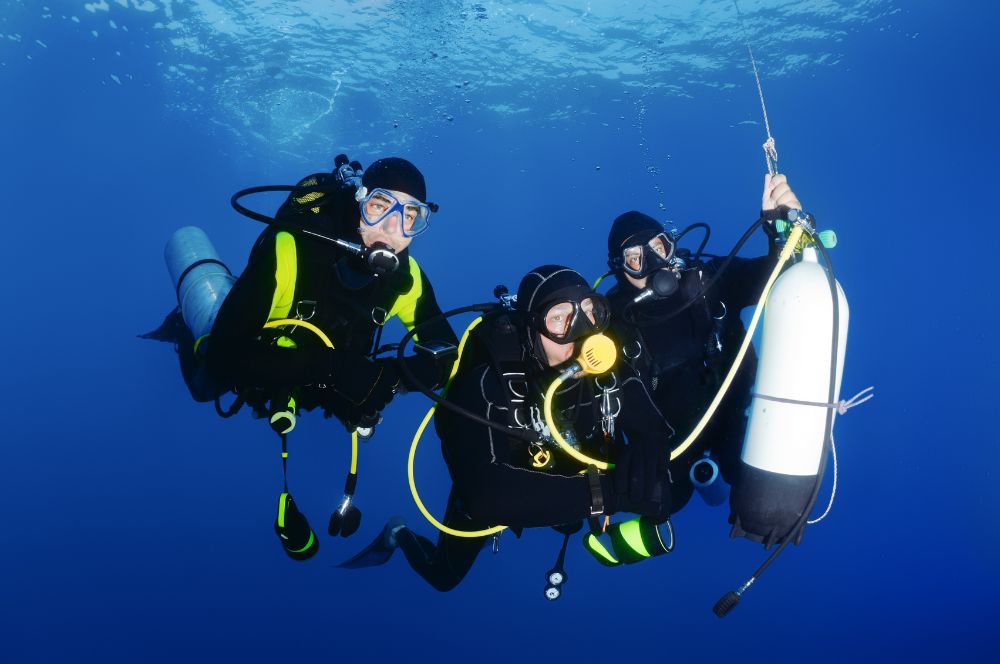
The dive buddy system is a cornerstone of diving safety. This system enables divers to assist one another, marrying individual skills with a collaborative approach to manage novel and demanding diving conditions. Regular practice of pre-dive buddy checks and staying conscious of a buddy’s location underwater are key elements of a strong dive buddy system.
The buddy system provides comfort and a sense of security, as divers can rely on each other for assistance, making them feel more at ease in the underwater environment. Sharing experiences with a dive buddy can enhance the enjoyment of diving, as divers can reminisce and plan future dives together, creating a sense of camaraderie.
Regular Practice
Regular practice of emergency protocols and buddy checks is crucial for open water diving safety. Emergency situations such as running out of air, diver panic, or entanglement demand the immediate response that a well-prepared dive buddy can provide. Divers need to prioritize their own safety when attempting to assist someone in distress to prevent creating a more dangerous situation.
Proper rescue techniques should be learned to safely and effectively manage underwater emergencies. This includes practicing the use of underwater signaling devices such as tank bangers to alert nearby buddies to a diver’s need for attention without requiring dire situations.
Self-Reliance and Teamwork
While the buddy system is crucial, divers should also learn to be self-reliant. The self-reliant diving philosophy underlines the importance of the buddy system as well as prepping divers to be capable and independent partners. Underwater signaling devices such as tank bangers can alert nearby buddies to a diver’s need for attention without requiring dire situations.
Having a dive buddy can increase the enjoyment of diving activities, such as turning safety stops into opportunities for entertainment and reinforcing the fun of diving. By balancing self-reliance and teamwork, divers can confidently handle challenging diving conditions and enjoy the underwater world.
Preparing for the Unexpected: Emergency Supplies and Survival Techniques
In diving, emergency readiness is vital. Divers should possess a compact, waterproof bag designated for emergencies to ensure essential supplies remain dry and immediately accessible. The waterproof bag should contain the following emergency supplies:
-
Signaling devices
-
First aid kits
-
Water
-
Nutrition bars
It is also crucial for divers, especially those into scuba diving, to be well-versed in survival techniques tailored to open water environments. Divers can familiarize themselves with open water survival techniques by participating in specialized training courses and regular practice sessions.
Waterproof Bag Essentials
The waterproof bag should contain a Dive Alert Plus pneumatic audible alarm, which can be heard up to 1.5 kilometers away, a whistle, a ‘Save-a-dive’ kit and a first-aid kit. An emergency waterproof bag should also include a torch with spare batteries, a portable radio, as well as candles and waterproof matches for additional lighting.
Some essential items to include in the waterproof bag are:
-
Sunscreen
-
A hat
-
Nutritious snacks
-
Water
Regularly checking and restocking the waterproof emergency bag to ensure that all items, including batteries, are functional and have not expired is crucial for preparedness.
Learning Survival Techniques
Familiarizing oneself with open water survival techniques can significantly improve safety during diving excursions. In an emergency, divers are trained to drop their weights to achieve positive buoyancy. Under dire circumstances, it may be necessary to release the scuba tank while keeping the Buoyancy Control Device (BCD) on, which functions similarly to a lifejacket by aiding in flotation and helping to retain heat until rescue. Divers should avoid alcohol as it can impair the body’s natural defense mechanisms against cold, increasing the risk of hypothermia.
To conserve body heat in cold water, divers should discard only heavy garments while retaining headgear to prevent significant heat loss, minimize movement, and adopt the Heat-Escape-Lessening-Position (HELP) if alone. In an emergency, divers should use the HELP technique when alone, or huddle together in a group to stay warm, remain calm, float on their back, hold any buoyant object available, and signal for help by raising one arm with an open hand above the head.
Common Open Water Diving Hazards
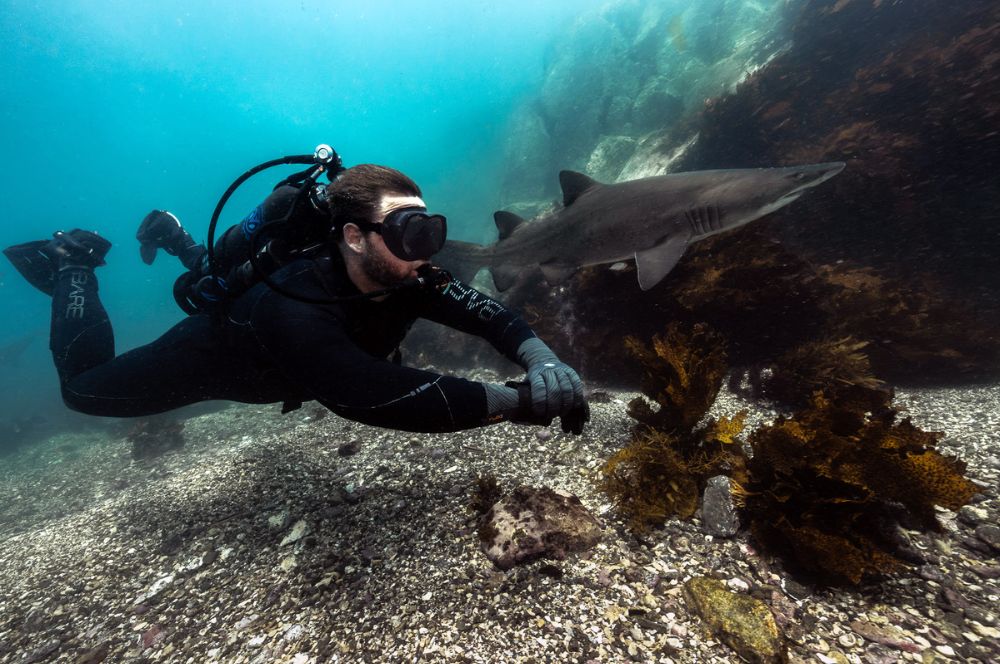
Divers should be alert to typical risks when diving in open water. Influenced by the gravitational interaction between the Earth, Moon, and Sun, tides significantly shape diving conditions, including strong currents, fluctuating depths, and altering visibility. Divers can experience stronger currents during the middle two hours of both incoming (flood) and outgoing (ebb) tides.
Rip currents are narrow, powerful channels of water moving away from the shore, which can rapidly pull swimmers and divers out to open water. Down currents can drag divers deeper when encountering a wall or drop-off, while up currents can force them abruptly towards the surface, both of which can lead to potentially dangerous situations.
Marine Life Encounters
Interacting safely with marine life is an essential part of diving. Most marine creatures are more afraid of divers than divers are of them, and understanding their behavior helps prevent negative encounters.
To interact safely with marine life, remember to:
-
Maintain a respectful distance
-
Avoid touching the animals
-
Avoid feeding the animals
-
Avoid harassing the animals
By following these guidelines, you can watch and enjoy the beauty of marine life while ensuring their safety and well-being.
Divers should follow these guidelines to ensure their safety and the well-being of marine life:
-
Do not wear shiny jewelry that could attract predatory fish.
-
Remain calm and still if dangerous animals approach.
-
Respect marine life and maintain a safe distance.
By following these guidelines, divers can enjoy observing these creatures in their natural habitat without causing distress or harm.
Navigating Currents and Tides
Navigating currents and tides safely requires familiarity with the underwater area and checking tide information before diving. Divers should become familiar with details of the underwater area they plan to dive in, including local tides, currents, and potential hazards. Checking tide times is crucial when planning a dive, and tide information can be found on multiple websites like tidetimes.org.uk.
Weather conditions such as recent winds can affect visibility and currents, so divers should:
-
Choose a sheltered dive site when conditions are windy
-
Remain calm when caught in a current
-
Swim parallel to the shore or towards the bottom where the current is weakest
-
Avoid fighting the current
Summary
In conclusion, safety should always be the top priority when embarking on a diving expedition. As depicted in the film “Open Water,” a series of unfortunate mistakes can lead to disastrous consequences. By adhering to safety protocols, using the appropriate equipment, and maintaining clear communication, divers can enjoy the underwater world without compromising their safety.
The lessons from “Open Water” serve as a powerful reminder of the importance of preparedness, communication, and self-reliance in diving. Learning from these lessons can help divers avoid similar mishaps and ensure a safe and enjoyable diving experience. Stay safe, dive smart, and treasure the wonders of the underwater world.
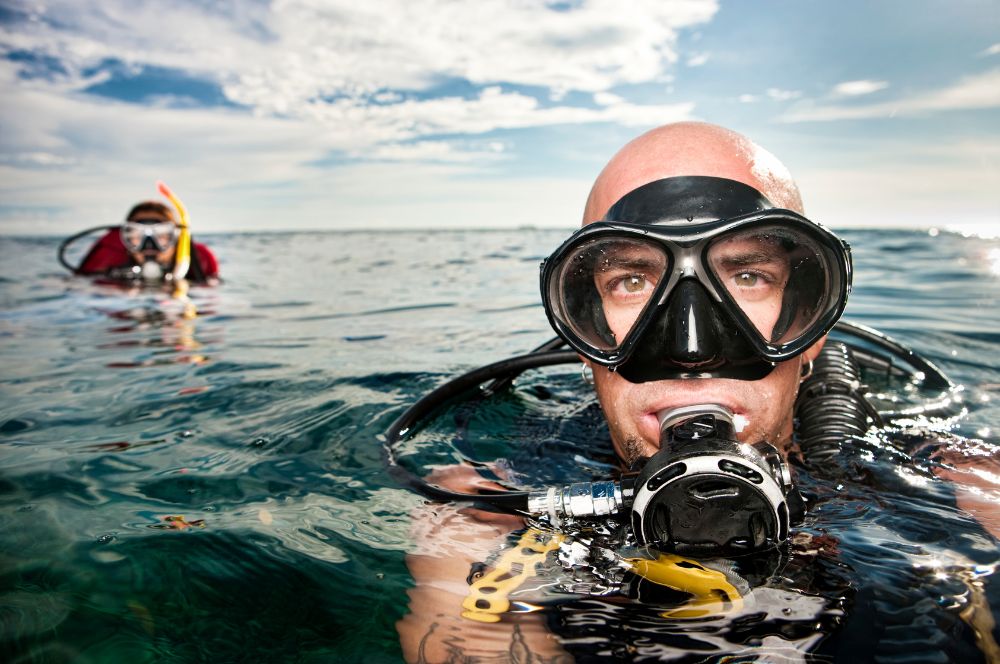
Frequently Asked Questions
Were Tom and Eileen Lonergan ever found?
Tom and Eileen Lonergan were never found and are presumed dead. Their tragic story inspired the first horror movie "Open Water."
What is the true story behind Open Water?
The true story behind "Open Water" is inspired by the real-life event of Tom and Eileen Lonergan, who were stranded in the Coral Sea in 1998, conveying the terror of isolation and unseen predators in the ocean.
What happens at the end of Open Water?
At the end of Open Water, the protagonist chooses to drown herself in the vast ocean, rather than endure the agonizing wait for a predator to attack. It is a disturbing scene and quiet conclusion to the film.
Is Open Water a good movie?
Open Water is a good movie, as it received mostly positive reviews and has an approval rating of 71% on Rotten Tomatoes. It showcases the basic instincts and the insignificance of man in a harrowing way.
What are some safety precautions for divers?
To ensure safety while diving, it's important to choose a reputable dive operator, understand the dive plan, carry essential signaling and navigation tools, and stay close to the group. Being prepared and aware can help prevent accidents underwater.
RELATED POSTS
-
Exploring the Abyss: A Comprehensive…
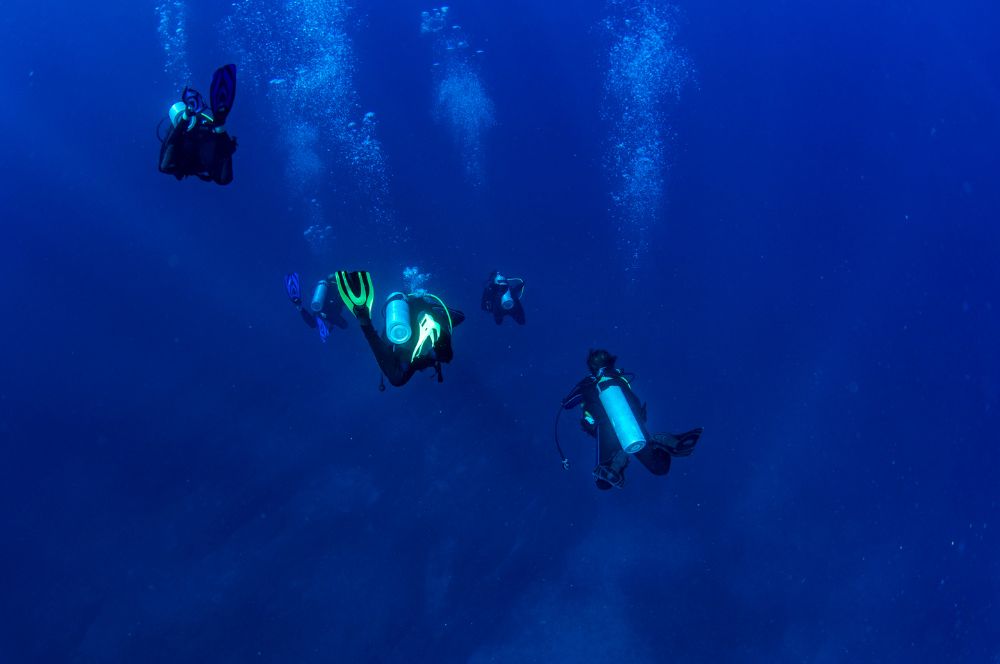
Exploring the Abyss:…
Exploring the Abyss: A Comprehensive Guide to Its Depths and Mysteries Delving into the abyss means exploring […] -
Exploring the Abyss: Unveiling the…

Exploring the Abyss:…
Exploring the Abyss: Unveiling the Mysteries of the Deep Welcome, fellow ocean enthusiasts and curious minds! […] -
The Abyss: Unveiling Deep Sea Technology…
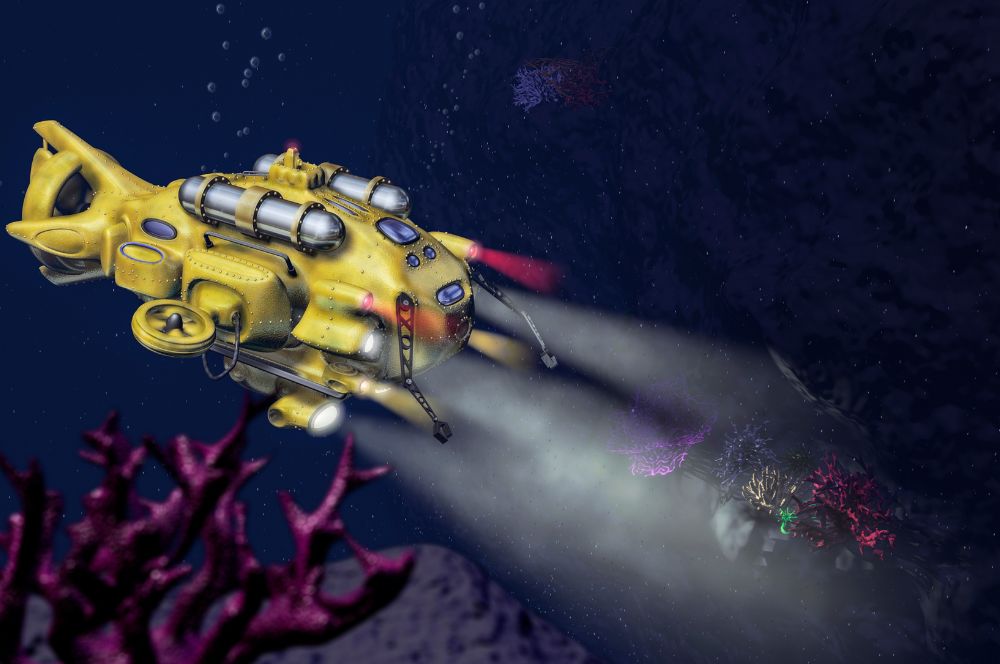
The Abyss: Unveiling…
The Abyss: Deep Sea Technology and Its Impact on Our Daily Lives For ages, the ocean's deep abyss has captivated […] -
Dive Club: Exploring the Underwater…
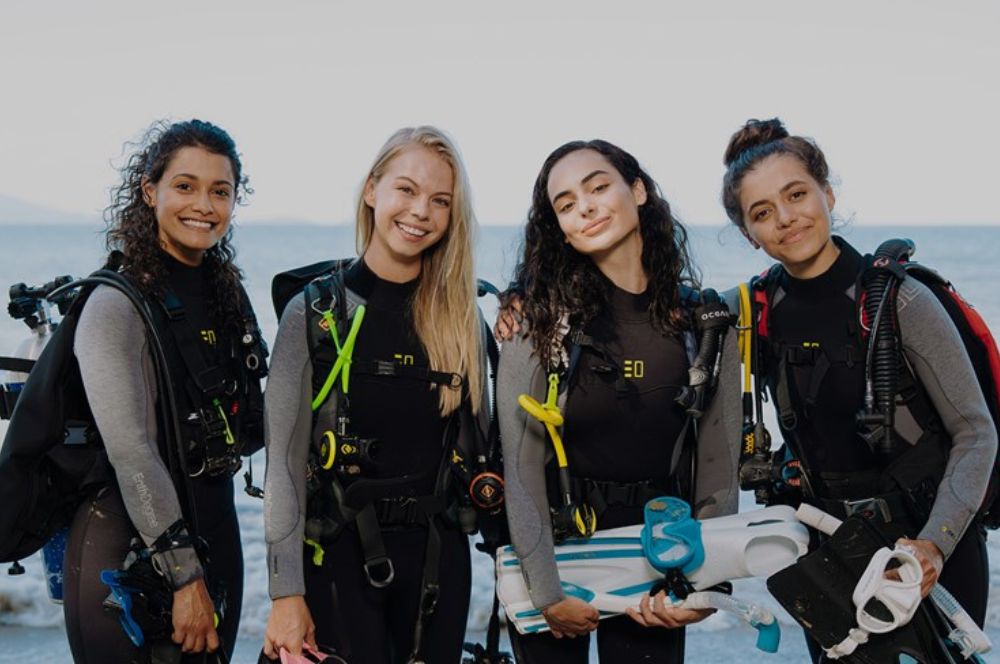
Dive Club: Exploring…
Dive into the Mystery: A Guide to Netflix's 'Dive Club' and Scuba Diving in Australia 'Dive Club' is an exhilarating […]
Recent Posts





